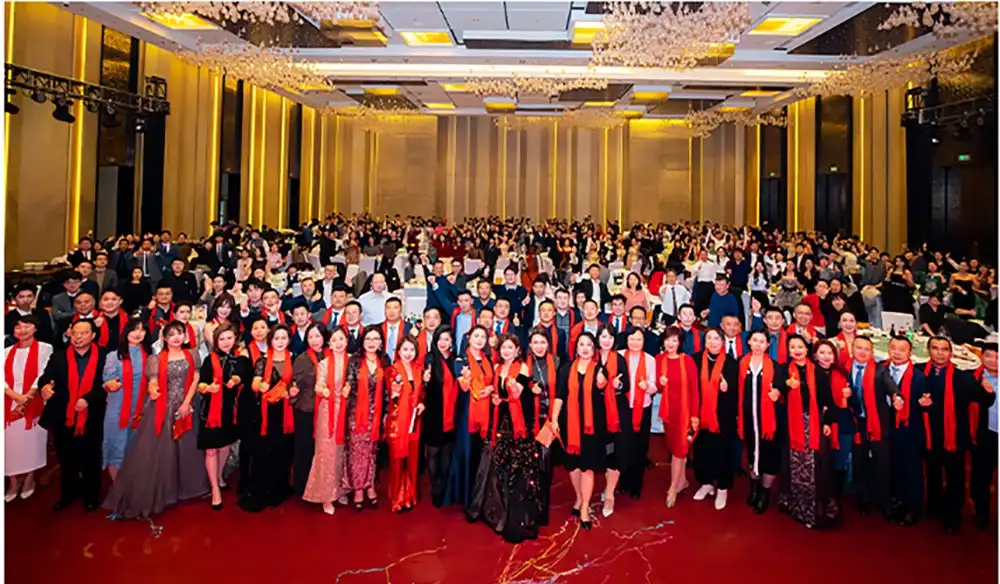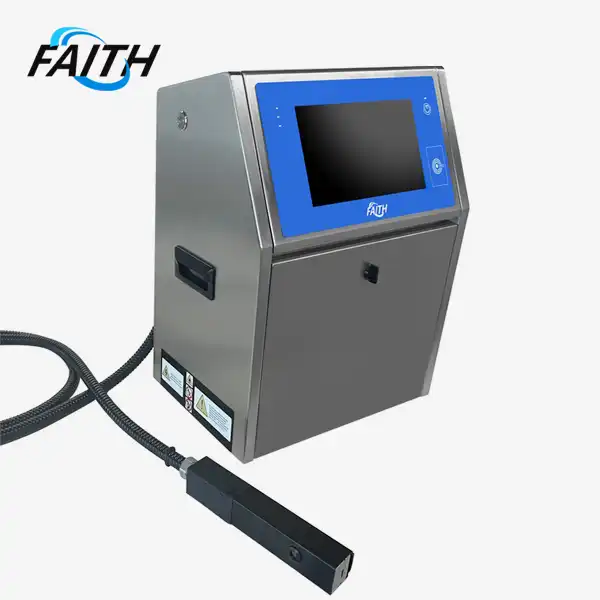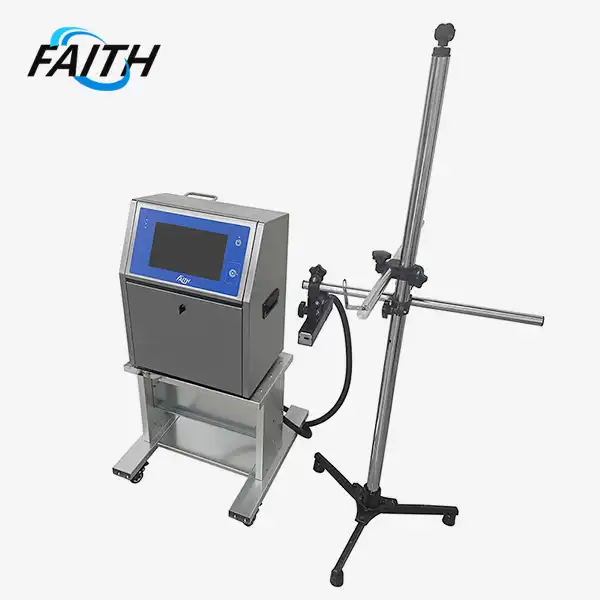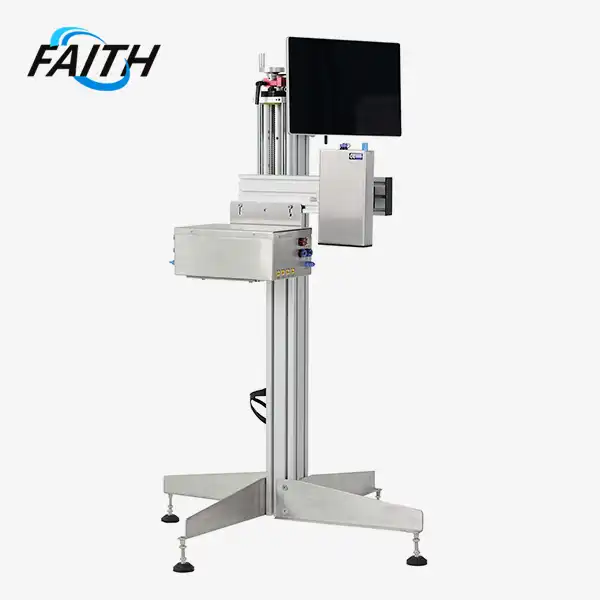What is a thermal inkjet printer?
A thermal inkjet printer is a type of digital printing technology that uses heat to propel tiny droplets of ink onto paper or other materials. This innovative printing method, developed in the 1980s, revolutionized the printing industry by offering high-quality, affordable, and quiet printing solutions. Thermal inkjet printers work by rapidly heating a small amount of ink in a chamber, creating a bubble that forces the ink through a nozzle onto the printing surface. This process happens thousands of times per second, resulting in crisp, clear text.
The Inner Workings of Thermal Inkjet Technology
To truly understand thermal inkjet printers, it's essential to delve into the intricate mechanisms that make this technology possible. At the heart of every thermal inkjet printer lies a sophisticated printhead, which houses an array of microscopic nozzles. Each of these nozzles is connected to a tiny heating element, typically made of a thin-film resistor.
When a print command is initiated, the printer's controller sends electrical signals to specific heating elements. These elements rapidly heat up, reaching temperatures of up to 300°C (572°F) in a fraction of a second. This sudden temperature spike causes the ink in contact with the heating element to vaporize, forming a bubble.
As the bubble expands, it creates pressure within the ink chamber, forcing a precisely controlled droplet of ink through the nozzle. Once the droplet is ejected, the heating element cools down, causing the bubble to collapse. This collapse creates a vacuum effect, which draws fresh ink from the cartridge into the chamber, readying it for the next firing cycle.
This entire process – from heating to ejection to refilling – occurs in microseconds, allowing thermal inkjet printers to produce hundreds or even thousands of droplets per second. The size and shape of these droplets can be carefully controlled by adjusting the electrical pulses sent to the heating elements, enabling high-resolution printing with exceptional detail.
Precision in Action: Droplet Formation and Placement
The ability of thermal inkjet printers to produce such high-quality output lies in their precise control over droplet formation and placement. Faith Technology, a leader in industrial printing solutions, has made significant strides in enhancing this precision through advanced printhead design and sophisticated control algorithms.
Each droplet ejected from a thermal inkjet nozzle typically measures between 50 and 60 microns in diameter – smaller than the width of a human hair. By varying the size and density of these droplets, thermal inkjet printers can create a wide range of tones, resulting in smooth gradients and photorealistic images.
The placement of these tiny droplets is equally crucial. Modern thermal inkjet printers, like those developed by Faith Technology, use advanced positioning systems to ensure each droplet lands exactly where it should on the printing surface. This level of accuracy allows for the creation of sharp text, even at very small font sizes, and intricate details in graphics and photographs.
Advantages and Applications of Thermal Inkjet Printing
Thermal inkjet technology offers a myriad of benefits that have contributed to its widespread adoption across various industries. From home offices to large-scale industrial operations, thermal inkjet printers have found their place due to their unique combination of quality, affordability, and versatility.
Cost-Effectiveness and Accessibility
One of the primary advantages of thermal inkjet printers is their cost-effectiveness. The technology behind these printers is relatively simple, allowing manufacturers to produce them at a lower cost compared to other printing technologies. This has made high-quality printing accessible to a wide range of users, from individuals to small businesses and large corporations.
Moreover, thermal inkjet printers typically have lower upfront costs than laser printers or other industrial printing solutions. While the cost per page might be higher for inkjet prints, especially for high-volume printing, the initial investment is often more manageable for many users.
Versatility in Media Handling
Thermal inkjet printers excel in their ability to print on a variety of media types. While they are commonly used for printing on standard paper, many models can handle specialized papers, photo paper, envelopes, labels, and even some fabrics. This versatility makes thermal inkjet printers ideal for a wide range of applications, from producing high-quality photographs to creating marketing materials and product labels.
Faith Technology has further expanded the capabilities of thermal inkjet printing by developing specialized inks and printheads that can print on non-porous surfaces such as plastics, metals, and glass. This innovation has opened up new possibilities for industrial coding and marking applications.
Unlike some other printing technologies, thermal inkjet printers operate quietly, making them ideal for use in office environments where noise levels need to be kept to a minimum. Additionally, many thermal inkjet printers have a compact design, allowing them to fit comfortably in small spaces. This combination of quiet operation and space efficiency has contributed to the popularity of thermal inkjet printers in home offices and small business settings.
Industrial Applications and Innovations in Thermal Inkjet Technology
While thermal inkjet printers are widely recognized for their role in home and office printing, their applications extend far beyond these traditional settings. In recent years, companies like Faith Technology have been at the forefront of adapting thermal inkjet technology for industrial use, opening up new possibilities in manufacturing, packaging, and product identification.
Coding and Marking in Manufacturing
In the manufacturing sector, thermal inkjet printers have become invaluable tools for product coding and marking. These printers can rapidly apply lot numbers, expiration dates, barcodes, and other crucial information directly onto products or packaging materials. The high-speed, high-resolution capabilities of thermal inkjet technology make it ideal for these applications, where legibility and accuracy are paramount.
Faith Technology's industrial thermal inkjet printers, for instance, can print at speeds of up to 300 meters per minute, making them suitable for even the fastest production lines. These printers can also handle a wide range of ink formulations, including fast-drying inks for non-porous surfaces and UV-resistant inks for outdoor applications.
Advancements in Ink Technology
The development of specialized inks has greatly expanded the capabilities of thermal inkjet printing in industrial settings. Faith Technology has been at the forefront of this innovation, creating inks that can adhere to challenging surfaces such as glass, metal, and plastic. These inks are designed to withstand harsh environmental conditions, including exposure to chemicals, abrasion, and extreme temperatures.
Moreover, there has been significant progress in the development of eco-friendly inks. Water-based and soy-based inks offer reduced environmental impact without compromising on print quality or durability. This aligns with the growing demand for sustainable manufacturing practices across industries.
Integration with Industry 4.0
As manufacturing moves towards greater automation and connectivity, Faith printers are evolving to keep pace. Modern industrial thermal inkjet systems, like those produced by Faith Technology, can be seamlessly integrated into smart factory ecosystems. These printers can communicate with other production line equipment, automatically adjusting print parameters based on production data or quality control feedback.
Furthermore, advanced thermal inkjet printers now offer remote monitoring and control capabilities. This allows operators to manage multiple printers across a factory floor from a central location, enhancing efficiency and reducing downtime. The ability to collect and analyze printing data also aids in process optimization and predictive maintenance, further improving overall operational efficiency.
Customization and Variable Data Printing
One of the most exciting developments in thermal inkjet technology is its application in variable data printing. This capability allows for the customization of each printed item without slowing down the production process. In packaging and direct mail applications, this means that each product or mail piece can be personalized with unique text, images, or codes.
Faith Technology's advanced thermal inkjet systems support high-speed variable data printing, allowing manufacturers to implement sophisticated track-and-trace systems, personalized packaging, and targeted marketing campaigns. This level of customization was previously only possible with digital printing technologies, but thermal inkjet now offers a more cost-effective solution for high-volume production.
Conclusion
Thermal inkjet technology has come a long way since its inception, evolving from a simple home and office printing solution to a versatile tool capable of meeting the demands of modern industrial applications. Its combination of high-quality output, cost-effectiveness, and adaptability has secured its place in various sectors, from packaging and manufacturing to personalized marketing and product identification.
As we look to the future, it's clear that thermal inkjet technology will continue to play a crucial role in the printing landscape. Companies like Faith Technology are driving innovation in this field, pushing the boundaries of what's possible with thermal inkjet printing. From developing more eco-friendly inks to creating systems that seamlessly integrate with Industry 4.0 technologies, the potential for thermal inkjet is far from exhausted.
For businesses looking to enhance their printing capabilities, whether for office use or industrial applications, thermal inkjet printers offer a compelling solution. With their ability to deliver high-quality, customizable prints at high speeds, these printers are well-equipped to meet the diverse needs of modern businesses.
If you're interested in exploring how thermal inkjet technology can benefit your operations, or if you're looking for a reliable thermal inkjet printer supplier or manufacturer, we invite you to contact us at sale01@sy-faith.com. Our team of experts at Faith Technology is ready to help you find the perfect printing solution for your specific needs.

Frequently Asked Questions
How does thermal inkjet printing differ from other printing technologies?
Thermal inkjet printing uses heat to propel ink droplets, offering high-quality output with lower initial costs compared to laser printing. It's versatile for various media types and quieter in operation.
What types of materials can thermal inkjet printers print on?
Modern thermal inkjet printers can print on a wide range of materials, including paper, cardboard, plastics, metals, and even some fabrics, depending on the specific printer and ink formulation.
Are thermal inkjet printers suitable for high-volume industrial printing?
Yes, industrial-grade thermal inkjet printers are designed for high-volume production environments, offering fast printing speeds and durable output suitable for manufacturing and packaging applications.
How does Faith Technology contribute to thermal inkjet printing innovation?
Faith Technology develops advanced thermal inkjet systems with features like remote monitoring, variable data printing, and compatibility with various ink types, pushing the boundaries of this technology in industrial applications.
What are the environmental considerations for thermal inkjet printing?
Many manufacturers, including Faith Technology, are developing eco-friendly ink options and energy-efficient printers to reduce the environmental impact of thermal inkjet printing.
References
1. Johnson, M. (2021). "The Evolution of Thermal Inkjet Technology in Industrial Printing". Journal of Advanced Manufacturing Processes, 15(3), 245-260.
2. Smith, A. & Brown, R. (2020). "Innovations in Ink Formulations for Thermal Inkjet Printers". Industrial Chemistry Review, 42(2), 178-195.
3. Chen, L. et al. (2022). "Integration of Thermal Inkjet Printing in Smart Manufacturing Environments". IEEE Transactions on Industrial Informatics, 18(6), 3987-4001.
4. Wilson, K. (2019). "Comparative Analysis of Printing Technologies for Industrial Applications". International Journal of Print Technologies, 7(4), 412-428.
5. Thompson, E. (2023). "Sustainability in Industrial Printing: Advancements and Challenges". Green Manufacturing Quarterly, 11(2), 89-105.
Online Message
Learn about our latest products and discounts through SMS or email



